Maundy Thursday and the Catholic Practice of Visita Iglesia | Semana Santa (Holy Week) 2021
Visita Iglesia or Church Visit is the practice of visiting seven churches during Holy Thursday as representation of the seven last words of Jesus Christ or fourteen churches for the fourteen Stations of the Cross. Families or groups would pray one or two stations per church to complete the passion of Christ. Traditionally, it is done on foot as part of sacrifice.
If Manila was not locked down again due to the rising cases of the COVID-19, it would have been possible to observe the Visita Iglesia with several churches surrounding the National Museum of the Philippines complex at the same time appreciate their historical and cultural significance. Seven churches each for Routes A and B, from Malacañan to Binondo and Intramuros to Malate, respectively are presented here.
Route A
Your journey may start at the San Miguel Church or the Regal Parish and National Shrine of Saint Michael and the Archangels also known as the Malacañan Church established by the Jesuits in the 17th century. It became a sanctuary of the Japanese Christians in 1614 during the Tokugawa period in Japan.
Next is the National Shrine of Saint Jude Thaddeus, also located within the Malacañan Palace complex. Saint Jude is popular among those about to take licensure examinations for it is believed that your wish will be granted by completing the nine-day novena for Saint Jude on Thursdays.
Third is the Manila Abbey or the Abbey of Our Lady of Montserrat at the San Beda University grounds. It was established by the Benedictine Abbey of Our Lady of Monserrat in Spain to prevent the closure of monastic communities under Spanish rule such as the Philippines.
Minor Basilica of San Sebastian is accessible from San Beda through Concepcion Aguila and San Rafael Streets by crossing Legarda Street. It is the country’s only steel church that was fabricated in Belgium and declared as a National Historical Landmark and National Cultural Treasure.
The Minor Basilica of the Black Nazarene in Quiapo is accessible through the underpass connecting F. R. Hidalgo Street to Plaza Miranda. It houses the miraculous image of the Black Nazarene that dates back to the 16th century.
Walking along F. R. Hidalgo and Carriedo Streets, the Archdiocesan Shrine of the Blessed Sacrament or Our Lady of the Pillar in Santa Cruz, Manila may be reached. The Jesuits established it in the 17th century to serve the Chinese community in the area.
Your last stop is the Minor Basilica and National Shrine of Saint Lorenzo Ruiz in Binondo. It is accessible from Santa Cruz by taking Ongpin Street. Binondo Church was founded by the Dominicans in the heart of Manila’s Chinese community. This is where Saint Lorenzo Ruiz trained for missionary works and where Andres Bonifacio married Gregoria de Jesus.
Route B
This covers the churches on the other side of the Pasig River in the Ermita District. Your journey may start at the two known churches in Intramuros: the Minor Basilica and Metropolitan Cathedral of the Immaculate Conception or Manila Cathedral and the Immaculate Conception Parish or San Agustin Church. Manila Cathedral is the seat of the Archdiocese of Manila. It used to be under the Archdiocese of Mexico in the 16th century as the Church of Manila. Nearby the cathedral is the San Agustin Church—a National Cultural Treasure, a National Historical Landmark, and a UNESCO World Heritage Site.
From Intramuros, you may proceed to San Vicente de Paul Church through Maria Orosa Street - Kalaw Avenue or Taft Avenue - San Marcelino Street. It is located at the Adamson University campus and also known as the Adamson church.
Santa Maria Goretti Parish is located at the Pope Pius XII Catholic Center along United Nations Avenue in Paco. It used to be part of the San Vicente de Paul Church along San Marcelino Street.
Saint Pancratius Chapel is located at the Paco Park along the intersection of San Marcelino and Gen. Luna Streets. It is under the jurisdiction of San Vicente de Paul Church and used to be the Paco Cemetery, now known as the Paco Park.
Next stop is the Ermita Church or Archdiocesan Shrine of Our Lady of Guidance, the home of Nuestra Señora de Guia, the oldest Marian image in the Philippines. It was said that early Filipinos have been worshipping the image before the introduction of Christianity and is believed to be miraculous especially for navigators. The shrine may be accessed from Paco Park via Padre Faura and M. H. Del Pilar Streets.
The last destination is the Malate Catholic Church or Our Lady of Remedies. It is dedicated to the Nuestra Señora de los Remedios, the patron saint of childbirth. The church complex is also an archaeological site and may be accessed by walking along M. H. Del Pilar Street from Ermita Church.
For those who are not allowed to go out, you may still virtually practice the Visita Iglesia through https://cbcpnews.net/visitaiglesia/
SEMANA SANTA 2021: MAUNDY THURSDAY
It is customary for Filipinos to visit seven churches on this particular day. This is called Visita Iglesia which is a Spanish word for “to visit churches”. Some people visit 14 churches to symbolize the 14 stations of the cross.
What does Maundy mean?
The Thursday before Easter is known as either Maundy Thursday, or Holy Thursday. Maundy is derived from the Latin word for "command," and refers to Jesus' commandment to the disciples to "Love one another as I have loved you."
What does it commemorate?
Maundy Thursday commemorates the Last Supper, which Christians consider the institution of Holy Eucharist, also known as the Lord's supper or communion. It is described in the Gospel of Luke, chapter 22. At the Last Supper with his disciples, Jesus breaks bread, saying, "This is my body," and pours wine, saying, "This is my blood." He then asks the disciples to "Do this in remembrance of me."
Why foot-washing?
Maundy Thursday is also associated with foot-washing. Jesus washed the feet of the disciples, an act described in the Gospel of John, chapter 13, as Jesus teaching them to be servants. It's the ultimate act of "servant leadership." Jesus instructs his followers to love and to serve. Most Catholic churches will have a Mass tonight, with a Eucharistic celebration that includes the washing of feet.
Visita Iglesia in Manila: The Thirteen Temples of Intramuros in the 18th Century
Intramuros is dubbed as the “Rome of the Far East” because of the multiple houses of worship that stood within its walls. Like Rome, one would find a church or a chapel in almost every corner during the walled city’s heydays. Today’s generation is quite familiar with the seven churches and the two chapels of Intramuros prior to WWII, photographs of which are in abundance online.
Some would ask, why would Intramuros deserve such a monicker when the Portuguese cathedral cities of Macao and Goa were also cities of churches? Probably the best answer lies with the number of churches that have stood inside the walled city. Goa and Macao had less than ten churches within their walls, while Intramuros had a total of seventeen, according to Dr. Pedro Luengo.
The peak of Intramuros being a walled city of God was in the eighteenth century, prior to the British Invasion when there had been thirteen temples that stood simultaneously inside the walls - one cathedral, six churches and six chapels. The topographical map of Manila by Rojas drawn in 1717 gives us a clear picture of how these churches looked like during this peak. A church is a house of worship with functions open to public while a chapel is a church which caters to the private religious functions of an institution it is attached to, and is headed by a chaplain. Both types of temples generally follow the same construction layout. A chapel is not to be confused with a small prayer room which is called an oratory.
18th Century Churches of Intramuros:
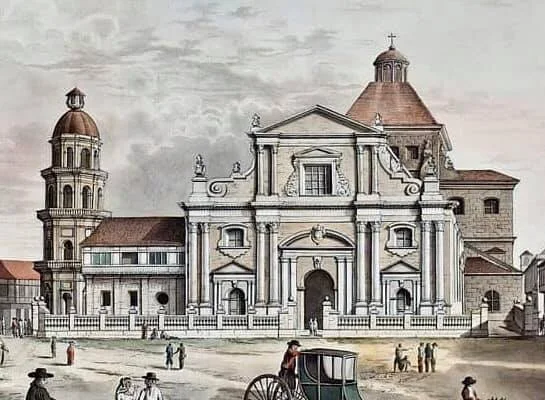 |
| The fourth Manila Cathedral Structure (1662-1863) Drawing by Fernando Brambila |
• Catedral Metropolitana de Manila - seat of the Archbishop of Manila
• San Agustín - mother church of the Order of St. Augustine (Augustinians), stood through all the calamities that had leveled Intramuros for more than four centuries
• San Ignacio - mother church of the Society of Jesus (Jesuits), attached to the Universidad Maximo de San Ignacio de Manila, and then utilized by the Real Seminario de San Carlos after the order was expelled from the spanish empire in 1768. Destroyed by the earthquake of 1852 and 1863. Demolished and converted to Cuartel de España
• San Nicolás de Tolentino - mother church of the Order the of Augustinian Recollects. Destroyed during WWII.
• San Francisco - mother church of the Order of the Friars Minor (Franciscans) Destroyed during WWII.
• San Juan de Dios - mother church of the Order of the Hospitallers of St. John of God, attached to the hospital of the same name. Destroyed during the earthquake of 1863. Remodeled thereafter and destroyed during WWII.
• Santo Domingo - mother church of the Order of the Preachers (Dominicans). Destroyed by the earthquake of 1863. Rebuilt in the gothic style and destroyed during WWII.
18th Century Chapels of Intramuros:
• Capilla de Santa Misericordia - mother chapel of the Hermandad de la Real Mesa de Santa Misericordia, and was attached to the Colegio de Santa Isabel, became the provisional cathedral after the British Invasion of 1764. Became an oratory chapel after the earthquake of 1863.
• Capilla de San Andrés - attached to the original Colegio de Santa Potenciana, became the provisional cathedral after the earthquake of 1645. Demolished after the British Occupation of 1764.
• Capilla de la Inmaculada Concepción - the most familiar chapel that survived in photographs, mother chapel of the Venerable Orden Tercera, became the provisional cathedral after the earthquake of 1863. Destroyed during WWII.
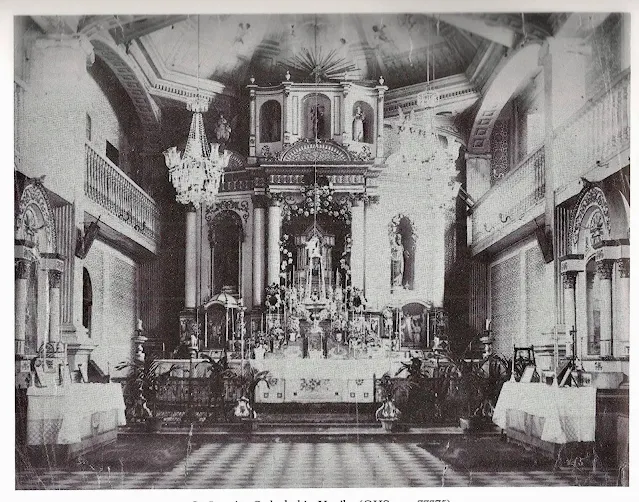 |
| The pre-war retablo of the church of San Juan de Letran. The revered image of Nuestra Señora de Aranzazu is enshrined in the side retablo. |
• Capilla de San Juan Bautista- attached to the Colegio de San Juan de Letran, and later to the Beaterio de Santa Catalina. Destroyed by the earthquake of 1836. Rebuilt being incorporated inside the school building of Letran.
 |
| The retablo mayor of Santa Clara church pre-war. The revered image of San Francisco de Lagrimas was venerated in this church. Photo credits to Dr. Vic Torres |
• Capilla de Santa Clara - attached to the Monasterio de Santa Clara, and was famous for the choir of unseen vestals. Destroyed during WWII.
• Capilla Real de la Nuestra Señora de la Encarnación - the military chapel which was not under the jurisdiction of the Archbishop of Manila, but directly under the Holy See. Destroyed during the British occupation.
After the British Invasion of 1764, the Capilla Real and the Capilla de San Andres was destroyed and never rebuilt. The church of San Ignacio was destroyed by the earthquake of 1852. After the earthquake of 1863, the church of San Juan De Dios was incorporated to the hospital complex while the Chapels of the Misericordia and of San Juan de Letran were incorporated to their respective school buildings. By the late 19th century, two more churches would be built - Lourdes and the second San Ignacio which made up the seven churches that we know, not realizing that one century prior, our forefathers’ picture of the churches of Intramuros were quite different. And it was quite a colorful city actually. Unfortunately, all these churches that made a wonderful city, a “Rome of the Far East” would be totally destroyed during WWII, leaving only three to this day.
_________________
Sources and References:
©The National Museum of the Philippines (2021)
Department of Tourism, Culture and Arts of Manila
1. NHCP historical markers
2. Convents of Manila by Dr. Pedro Luengo
3. Ciudad Murada: A Walk Through Historic Intramuros by Dr. Jose Victor Z. Torres
4. The Philippine Islands 1493-1803 by Blair & Robertson
Special thanks to the esteemed Arch. Manolo Noche for allowing us to take photos of his paintings in his private collection
(C) text by Laurence Bukas


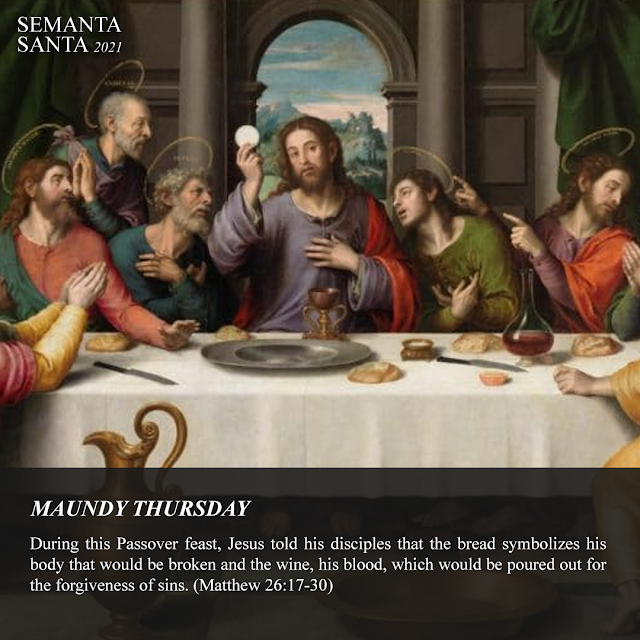
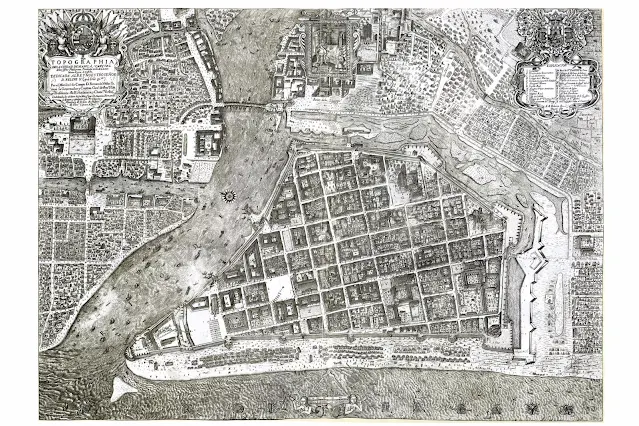










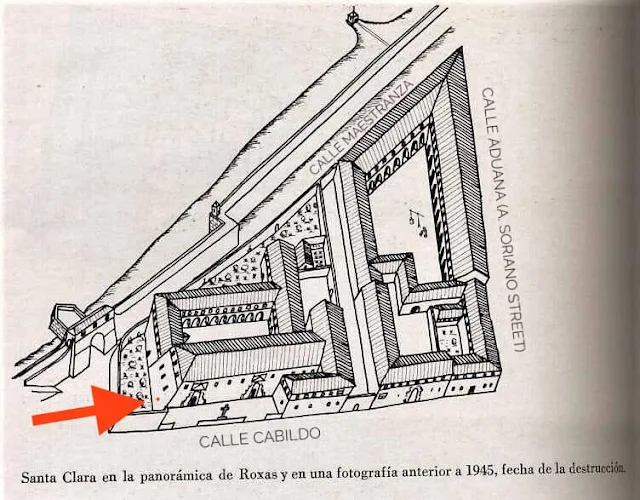
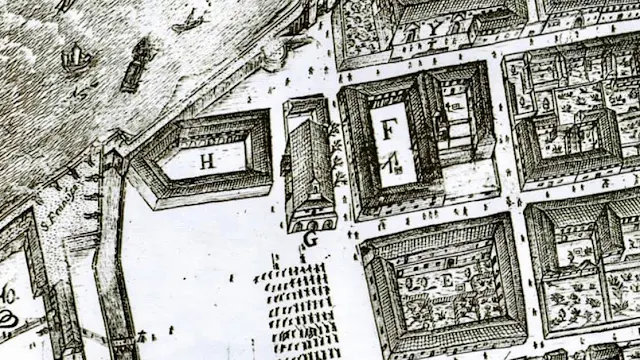

No comments:
Got Something to Say? Thoughts? Additional Information?